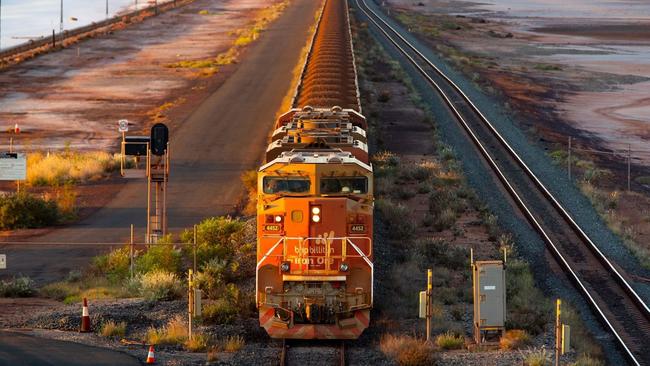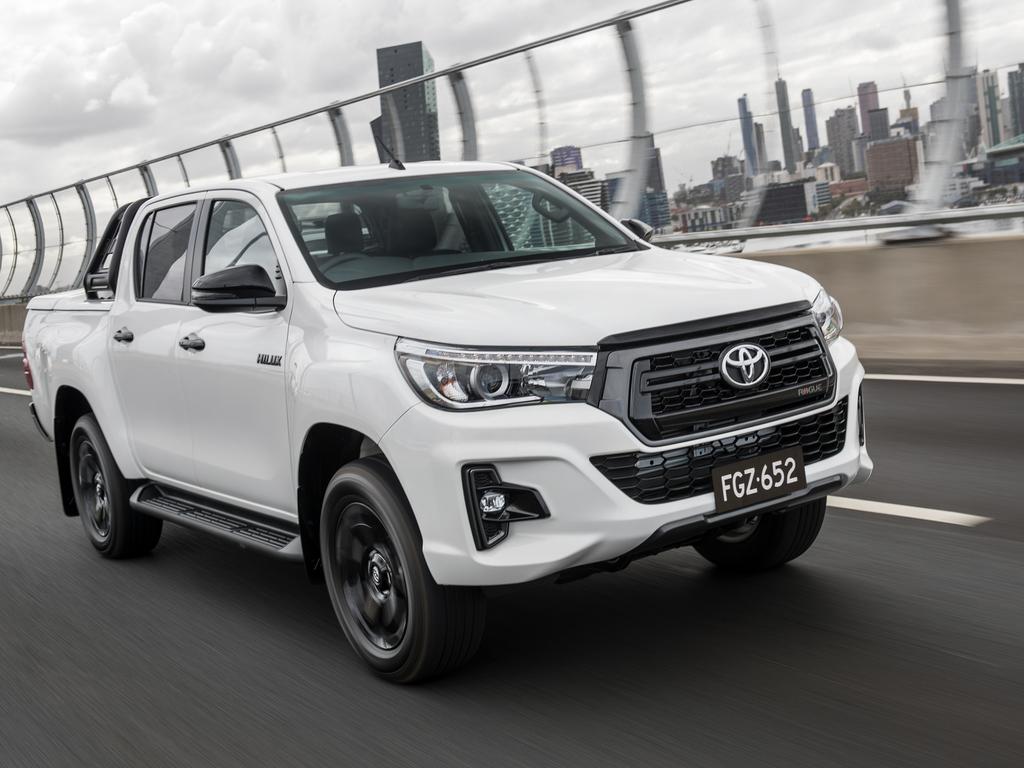Iron ore exports drive trade surplus
A surprise jump in November’s trade surplus raises hopes net exports will keep driving growth.

A surprise jump in the trade surplus in November has raised hopes net exports will continue to drive economic growth through the final months of 2019 and bolster the federal budget surplus at a time when the government is intent on doing “whatever it costs” to support those affected by bushfires.
A lift in iron ore exports and a plunge in car imports helped drive a surprisingly large $5.8bn trade surplus for November.
High commodity prices and surging mining export volumes have underpinned a historic trade boom.
Australia’s surplus on a 12-month rolling basis has reached an unprecedented $67.1bn, on track to smash Australian Bureau of Statistics records going back to the early 1970s.
The 42 per cent jump in the November surplus, from a downwardly revised $4.1bn in the prior month, caught forecasters by surprise. The total exports of goods and services rose by 2 per cent to $40.9bn, led by a solid lift in iron ore, liquefied natural gas and metals, seasonally adjusted figures from the ABS showed.
Total resource exports rose by 0.9 per cent in November to be 3 per cent higher than a year before. This largely reflected higher iron ore exports, up 2.1 per cent for the month, as well as a 0.9 per cent lift in LNG. Coal exports increased by 1 per cent.
Economists said broadly softer commodity prices in November suggested the lift in natural resources exports was likely due to higher volumes.
On the other side of the ledger, imports fell 3 per cent to $35.1bn, including a 7 per cent fall in consumer goods — the largest fall since December 2018. Of particular note was a collapse in car imports, down 23 per cent, or $499m, to $1.7bn.
“The Australian economy continues to show its resilience, with yesterday’s ABS international trade data showing the trade balance in surplus for 23 consecutive months, equalling the longest run of surpluses on record,” Josh Frydenberg said.
“Through creating trading opportunities with large markets such as China, Japan, Korea and Indonesia, we can strengthen our economy and create more jobs.”
The drop in car imports chimed with Federal Chamber of Automotive Industries figures showing new motor vehicle sales in 2019 fell to the lowest level in eight years.
“The underlying trend in consumption imports remains soft, consistent with our view households remain cautious in their spending behaviour,” JPMorgan economist Tom Kennedy said.
Economists said the trade figures highlighted the contrasting economic forces at work, as exports continue to boom while domestic consumption stagnates.
“If we look at the year to September (national accounts), all the growth has come through public spending and net exports, and really the increase in net exports is about a decline in imports rather than an increase in exports,” said Westpac economist Andrew Hanlan.
“Import volumes have been contracting for five quarters.”






